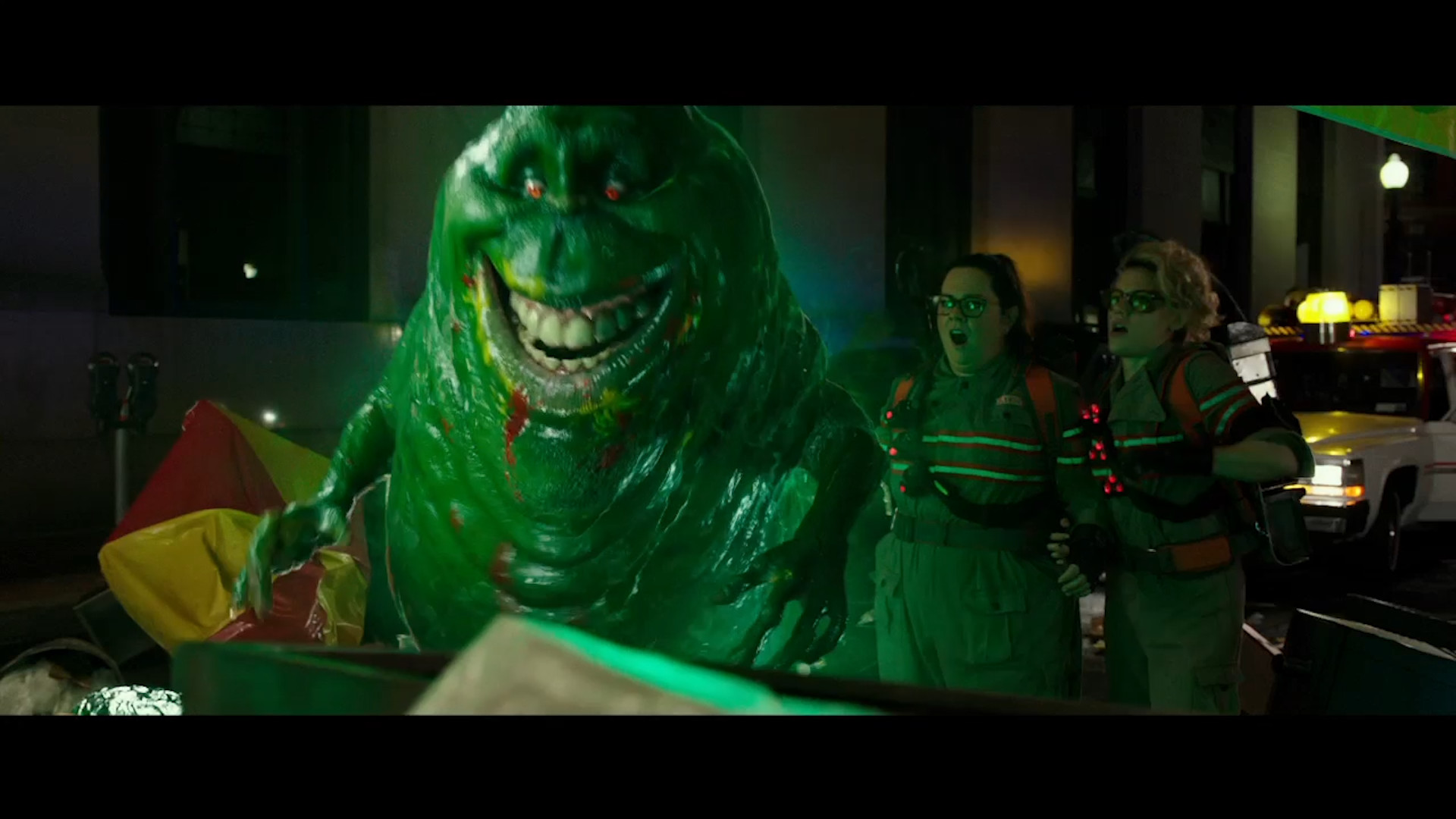Interview by Randall D. Larson
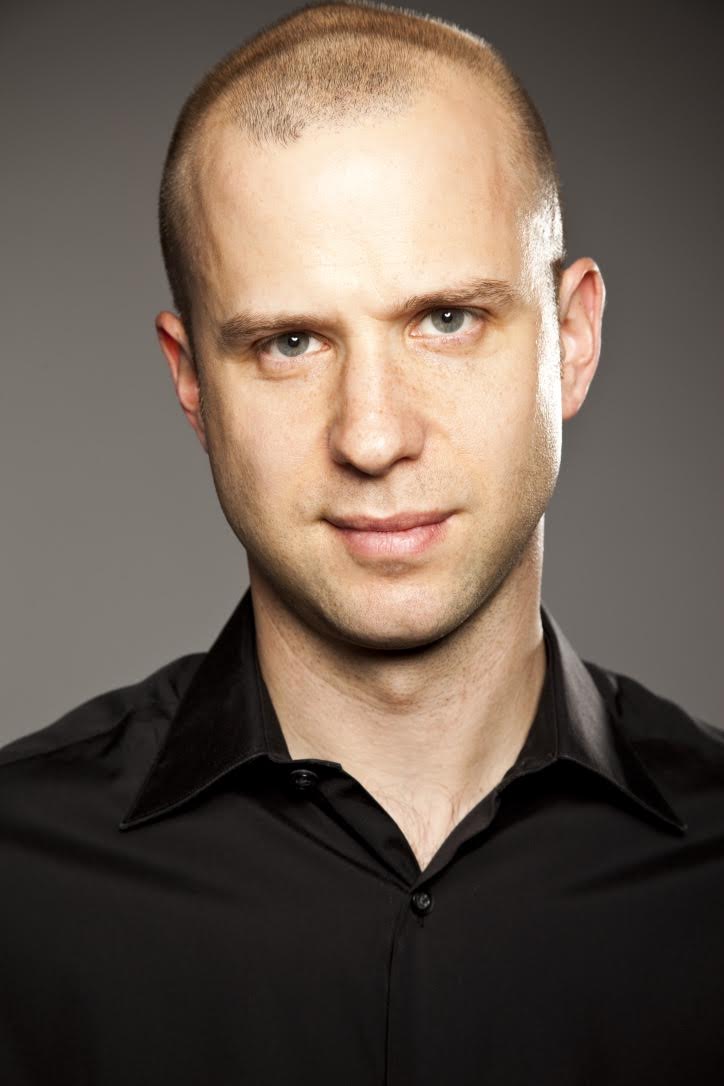
Theodore Shapiro definitely has a knack for scoring comedies – but it would be unfair to classify Shapiro as a comedy film composer since he doesn’t write comedic music. He’s become very adept at providing just the right kind of music to play straight man to funny films for more than twenty years – all kind of comedy films from THE DEVIL WEARS PRADA, TROPIC THUNDER, and FUN WITH DICK AND JANE, to IDIOCRACY, CENTRAL INTELLIGENCE, and ZOOLANDER 2 – not to mention plenty more and some significant scores that weren’t for comedy films (TRUMBO, GAME CHANGE [an Emmy-nominated score], HEIST, etc.). His latest score, for the 2016 reboot of GHOSTBUSTERS, plays it straight against ghosts, ectoplasmic incursions, an immense portal to the ghost dimension in the middle of Manhattan, and lots & lots of slime. Regardless of what you thought of the film (and haters have been demanding you hate it and avoid seeing it for months before the film was even released), Shapiro’s score is rich in energy and epic in spirit. We discussed the challenges and rewards of scoring GHOSTBUSTERS 2016, and a few other fantasy films with comedic overtones, in an interview earlier this month. – rdl
Q: While not exclusively, your body of work has certainly leaned to the genre of comedy films. What’s your general philosophy about playing musical straight man and providing the kind of music that will enhance the effectiveness of comedy in film?
Theodore Shapiro: What I’m always thinking about, whatever movie I’m working on, is just being a storyteller. Making the story as satisfying as possible, and supporting it as much as I can. I’m certainly not the first composer to work on comedies to take out a straight approach, but I’m a firm believer in that approach.

Q: With GHOSTBUSTERS you’ve had a wonderful opportunity to score epic fantasy and a bit of horror, while acknowledging the fun of it all. What would you say was unique about this scoring assignment?
Theodore Shapiro: It was certainly a unique blend of genres, as you say. Comedy and horror/fantasy is not something that I get to do all the time. So that presented a really fun canvas to paint on. It was also simply unique for me, in some of the instrumentation that I got to play with, which was a large orchestra plus a really significant role for the choir, plus a pipe organ. That was a lot of forces and colors to play with and blend in the score, and that was really enjoyable.
Q: What was your technique about creating music to enhance the creepy and epic moments in the score moments?
Theodore Shapiro: I was lucky enough to have as one of my teachers John Corigliano, who I think really changed the landscape of scoring for horror with his score for ALTERED STATES. I think that the aleatoric [https://en.wikipedia.org/wiki/Aleatoric_music] language that he developed in that score has come to infuse the whole landscape of horror, and it’s something that I really enjoy exploring when I get the opportunity. Certainly with most comedies I don’t get an opportunity to do that! So that made this really enjoyable to get to do some really creepy stuff. I guess it’s worth pointing out for readers that aren’t familiar with what that means; Corigliano was one of the composers who explored a technique where the members of the orchestra will have “chance assignments” in their parts. In other words, everybody plays really fast between a range of pitches, you play as fast as you can, and what you get is like a real smear and blend of texture. And there’s just limitless possibilities with what you can do with that.
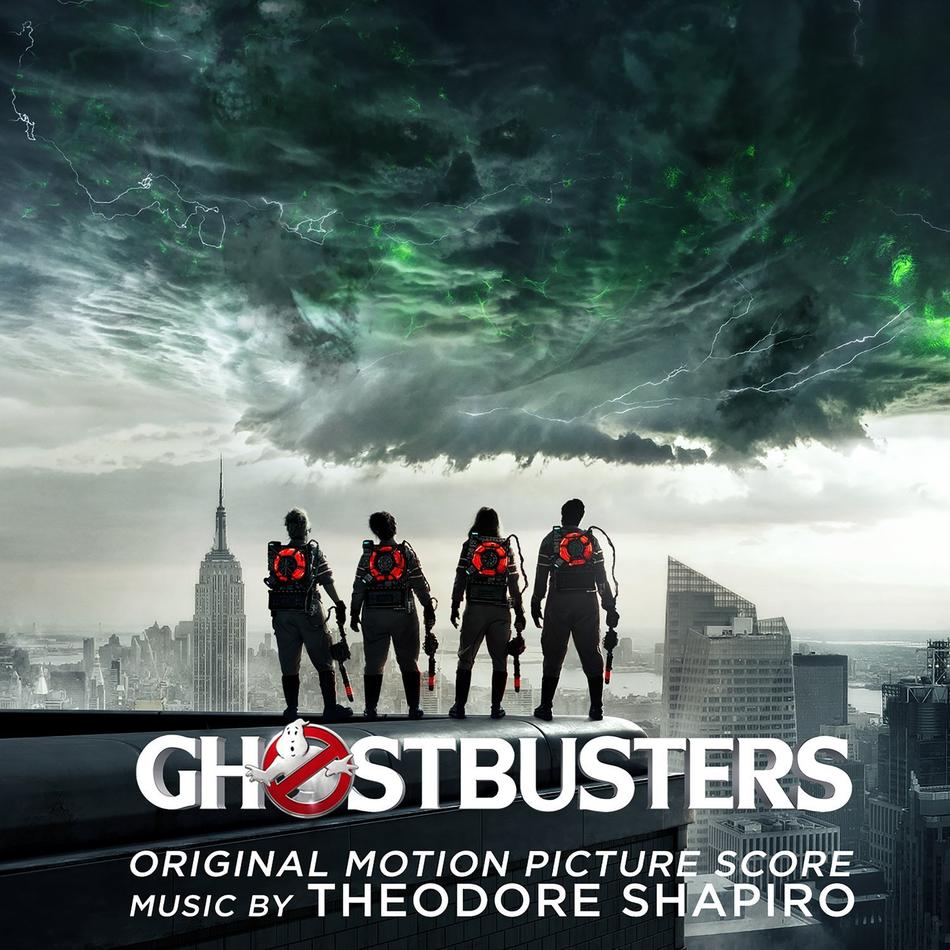
Q: While this GHOSTBUSTERS is certainly its own film, there are enough allusions throughout to see that it’s embracing its 1984 ancestor. How did that affect where you were going – or were asked to go – in scoring the film?
Theodore Shapiro: I knew from the beginning that incorporating some aspect of the Ray Parker, Jr. song was going to be really important for the score. It is so closely identified with the movie, that it felt like it absolutely had to be part of the language of the score. At the same time, I wanted to develop a score with its own themes and with its own internal logic. The trick was to write a score where a new Ghostbusters theme gets developed and still to leave room for the Ray Parker, Jr. theme to have its own path through the movie. That’s what I attempted to do, and I do think that there are parallel paths with the two themes going through the film.
Q: You worked with director Paul Feig on last year’s SPY. How did that experience enhance your working relationship on this second collaboration?
Theodore Shapiro: We had such a good experience on SPY. That was our first time working together, so one obvious difference is just that you jump out of the starting gate having already established trust, which is a big deal, and it lets the composer, certainly, feel less anxious, but also free to explore, free to make mistakes, free to really try and fail. I think it’s really important to feel comfortable taking a big swing and missing. So that’s an important part of the process, is having a relationship with the director that gives everybody the freedom to try things and not be afraid to fail boldly.
Q: Did you interface with any of the people form the original film (Dan Aykroyd, Ivan Reitman) who served as producers on this version?
Theodore Shapiro: Not with Dan Aykroyd, but I did interface a little bit with Ivan. He’s a lovely guy and he really was supportive of the score that I was writing. He was a positive force in the process, so that was great.
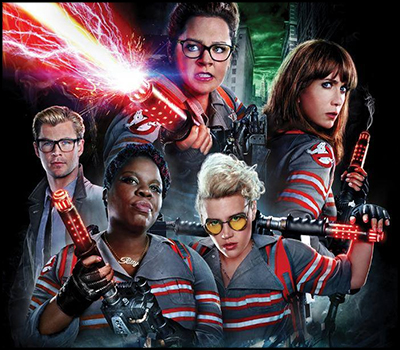 Q: Did the gender of the ensemble cast affect where you were going musically and how you were treating those characters?
Q: Did the gender of the ensemble cast affect where you were going musically and how you were treating those characters?
Theodore Shapiro: It was really important to me to come up with a theme for them that was bold and heroic and really strong. Part of the DNA of the movie is that they just become this really kick-ass grip of Ghostbusters, and that’s an important element of Paul’s vision of the movie. It was critical to me that I develop my own Ghostbusters theme, as opposed to only using the Ray Parker, Jr. theme, because I think that if their theme had just been the Ray Parker, Jr. theme that it might have been less heroic, in terms of the character of the melody, than what I envisioned. So that was the only way that the gender of the actors came into play.
Q: Would you describe the score’s thematic architecture and how you’ve developed across the arc of the story?
Theodore Shapiro: The Ghostbusters have one main theme, and it starts to emerge when they catch their first ghost; but it’s in a decomposed form, if you will. It’s more motific, and it develops as the movie goes on. We just get it more and more. The big statement of it doesn’t really come until the end of the movie. So it develops slowly but it has its great payoffs, for example when Erin pulls Abby out of the portal, that’s when we really finally hear the full-throated version of this theme. Everything building up to that is leading up to that moment. In terms of the villain, there are actually two themes that play slightly different ideas. One is a straight villain’s theme and the other plays to his evil vision. His theme is just a simple three-note motif – the first time we reveal the villain releasing a ghost, you hear those three notes, and then those three notes start to infuse all of his material until in the last third of the movie it turns into something that’s accompanied by an interesting harmonic sequence where the three notes get harmonized in different ways, very chromatically. And then the theme for his visions of the Fourth Cataclysm have a slightly more lyrical bent to it, but it’s all sort of part of the same theme group.
Q: Among the highpoints of the score, certainly when the full orchestra and full choir just blasts in and you have these amazing, epic scenes of the cataclysm as it’s coming in. How did you work to develop that and keep that as a coherent motif in the film?
Theodore Shapiro: The last twenty minutes or so of the movie are, for the most part, through-composed. And so that’s obviously a real challenge to create the tempo that’s going to carry you through the movie and make that all feel of a piece. How do I handle that? Mostly through intuition… there are certainly theme sign-posts that help carry you through that material – for example, the Ghostbusters racing out of the garage in Ecto-1 is a place to hear their theme. But for the most part it’s just some form of intuition about sustaining the pace and supporting the story.
Q: Was there ever any thought of referencing any of Elmer Bernstein’s music from the original GHOSTBUSTERS into the new score?
Theodore Shapiro: No, not for me, anyway. I love Elmer’s music and I think it’s a wonderful score, but I wanted to do my own thing, first of all; and second of all, I knew that I was going to be referencing the song, and I felt like there was a real potential for it to start getting complicated if we got into also referring to Bernstein’s score. So for those reasons I didn’t go there.
Q: Aside from the orchestra and choir, how was the pipe organ used as a distinctive piece of your instrumental palette on this score?
Theodore Shapiro: It was really an amazing experience to record a live pipe organ. In Los Angeles they have one of the world’s biggest pipe organs, and we were lucky enough to get to record with a fantastic organist named Christoph Bull,* so that was a thrill. A pipe organ really possesses the size and scope of an orchestra, so when you write for both pipe organ and orchestra it’s like having two orchestras! Fitting those two things together is a challenge. But the movie has such massive sound effects, and I think the organ really helps the music cut through that. Then, in addition to the pipe organ, the percussionist that I often work with, Brian Kilgore, created an instrument which we called the tubaphone. It is a microtonal mallet instrument that enabled him to do these glissandos up and down and it would create these very ghostly, spooky textures. It’s a great effect and that’s the sound that starts the whole score. If you’re listening to the soundtrack album, the start of the first track (“The Aldridge Mansion”) is this tubaphone. It runs throughout the score as well, and it’s just a really cool and creepy sound.
Q: What was most challenging for you about scoring GHOSTBUSTERS 2016?
Theodore Shapiro: Fighting through the sound effects! Honestly, in certain scenes, the sonic spectrum was eaten up so immensely in certain areas by sound design that it really left few frequencies for me to take advantage of musically. That was a tremendous challenge. What else… You know, I would say that the other thing that I thought was a major challenge was what we’ve discussed a little bit already, which was just balancing the development of my own theme, creating a unique identify for this film, while referencing the Ray Parker, Jr. song. One of the first cues that I wrote was “The Battle of Times Square,” which in many ways serves as the high point of the movie, and the high point of that scene is when Kate McKinnon’s character has this great moment where she’s fighting all these ghosts. That’s the biggest statement of the Ray Parker, Jr. theme. So when you start out by putting down the sign post of the Ray Parker, Jr. theme in one of the biggest moments, then in terms of you think of the score as a puzzle, where you’ve got to fit all the pieces in the right place, that makes it a little complicated to figure out how your own theme is going to intersect with that theme. That was something that took a little bit of experimenting. We tried the Ray Parker, Jr. theme in places where we wound up taking it away, and ultimately it’s only in about four places. But figuring out what those were and what those weren’t was complicated.
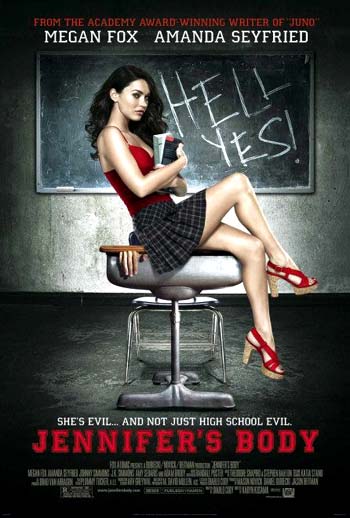 Q: An earlier score you composed back in 2009 that also involved the supernatural was JENNIFER’S BODY, a film which was a little less comedy and a lot more spookery. What was your approach to scoring this picture?
Q: An earlier score you composed back in 2009 that also involved the supernatural was JENNIFER’S BODY, a film which was a little less comedy and a lot more spookery. What was your approach to scoring this picture?
Theodore Shapiro: We really didn’t talk about playing comedy at all in that movie. I actually think that there was a different version of that score which could have been written – we never talked about writing it at any point in the process, but there’s a different version of that score which leans more comedic, and it would be interesting to see what that movie looks like. But we really went for this dark, electronics-and-guitars sound, and that was the approach. Making movies is about making choices, and that’s the choice we made. But it would have been interesting… there was a point after we’d made the movie where it occurred to me that it would have been interesting to see what would have happened if we had gone lighter with the score. But we’ll never know!
Q: It’s a score that I’m very fond of. It’s very contemporaneous. I’ve never regarded JENNIFER’s BODY as a comedy until I looked it up on IMDB and saw that was how they classified it.
Theodore Shapiro: That’s interesting, yeah. There are certainly funny things in the movie, and it’s a strange movie. It doesn’t fit movie into any genre, and that’s probably why it had a hard time finding its audience, but I love it.
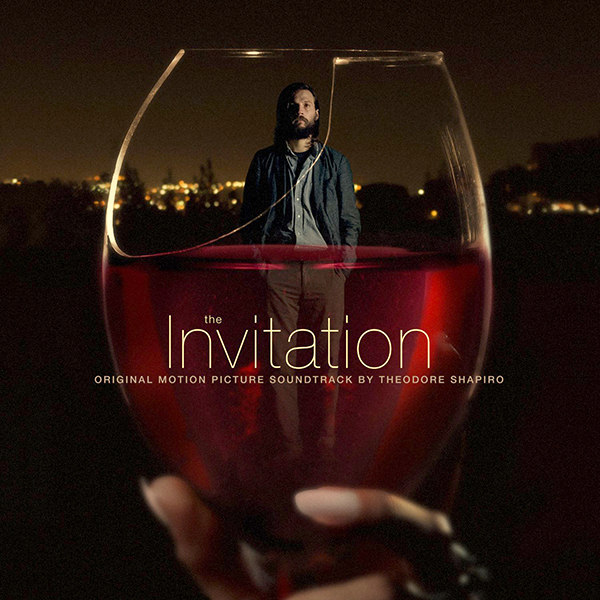
Q: You worked with Karyn Kusana, director of JENNIFER’S BODY, again on THE INVITATION a film which also had some very tense moments, if not supernaturally based. What can you tell me about your score for this film and how you supported its growing sense of unease?
Theodore Shapiro: Karyn Kusana is one of my favorite directors to work with and one of my favorite people. THE INVITATION is an incredible film that’s more, it’s not exactly horror, it’s more like a psycho drama, and it’s just amazingly effective. That as an interesting process, because there was no money, and so whatever I did it was going to have to be done very inexpensively, and so sometimes these things beget creative solutions. In the case of THE INVITATION, I was doing a session with violin player for a different movie, but I didn’t have very much material for the player to do on that film, so I thought. I’m going to take the rest of the time and use it for THE INVITATION. And we did this sampling session where I just got the player to do a bunch of different things, a variety of effects, and Karyn actually came down; I called her and said “you’ve got to get down here – this is going to be the score for THE INVITATION!” And so I recorded this violinist and then took those sounds and worked with them in a program called Ableton Live, which is a wonderful audio program that lets you be flexible with audio that you’ve recorded. And I created all the music mostly built around the violin recording, and also a little bit around some vocals, and this synthesizer called The Swarmatron. That was actually a score where I wrote a lot of music while Karyn was shooting, so in her editorial process she actually started cutting in this suite of music that I had written. It was one of those times when writing music before the movie was shot led to some great happy accidents, and it was the right match for the film.
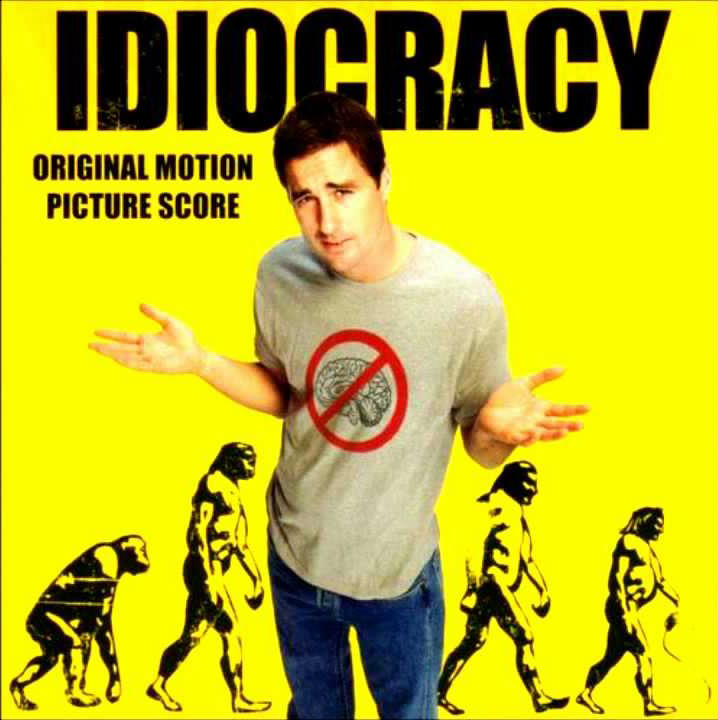
Q: Another film you scored with a strong degree of fantasy and definitely a lot of humor, was IDIOCRACY, Mike Judge’s comedy about an average guy who awakens from a hibernation program five centuries in the future to find that society has become so dumbed down that he’s the most brilliant person alive. What opportunities did you find here in the process of bringing to life that uniquely dystopian world of the future?
Theodore Shapiro: I was definitely paying homage to Jerry Goldsmith and his music for PLANET OF THE APES in that score, and it seemed like an extremely appropriate direction to go in! Mike loved that idea and it just was a very, very funny match for what was on the screen. It just turned out to be exactly what the movie called for! It’s been noted many times that that movie feels more and more prescient every day! It’s an honor to be a part of that one!
Q: Finally, are there any particular favorites that you have or any particularly challenging scores that come to mind?
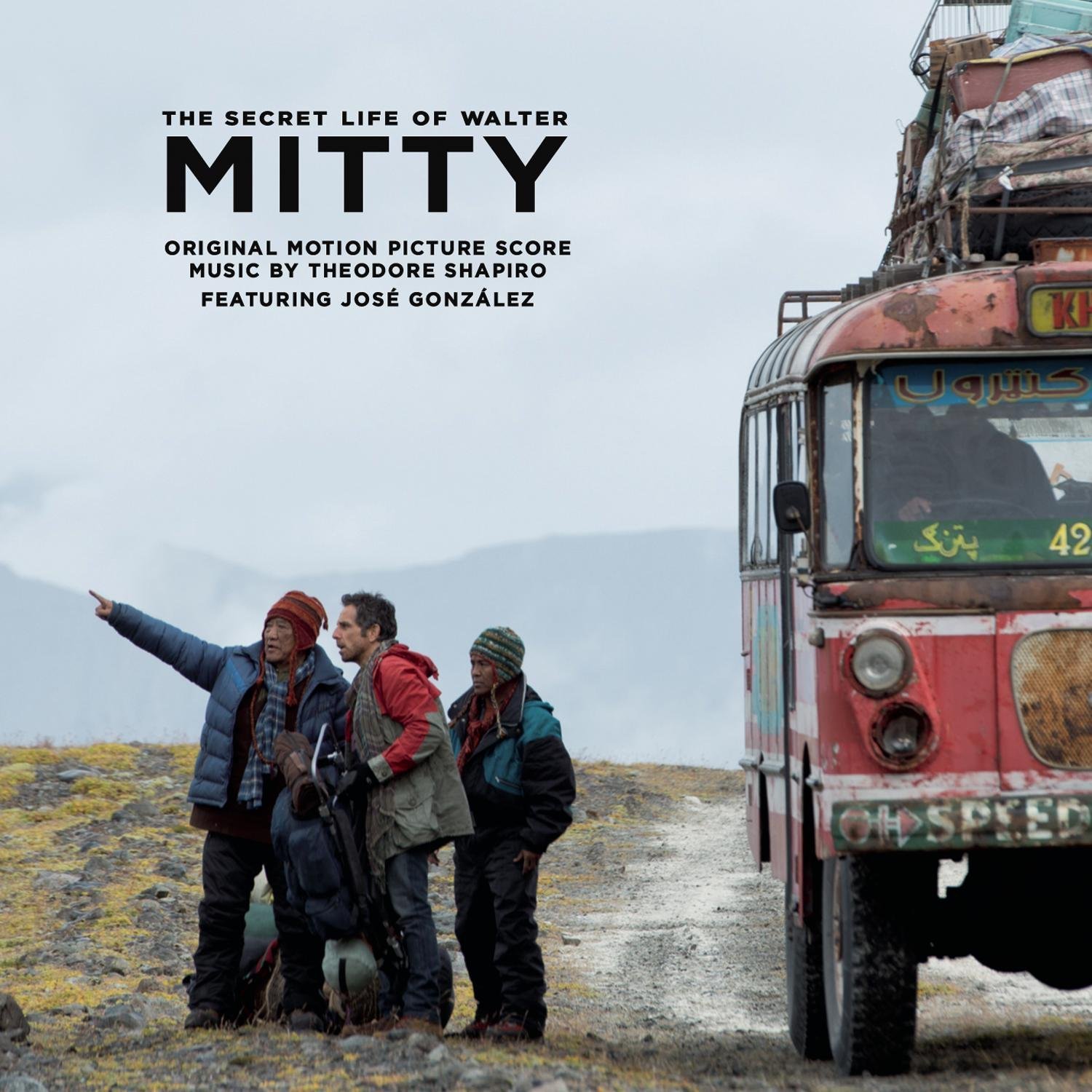
Theodore Shapiro: I’ll be diplomatic about that. I love so many of the movies that I work on and so many of the directors that I work with. I would say that THE SECRET LIFE OF WALTER MITTY was a really special experience, being able to collaborate with [singer/guitarist] José González, who is an artist that I really admire tremendously, so that was really special. Karyn Kusama’s first movie GIRLFIGHT was a really wonderful experience, and was the start of an important friendship in my life, Karyn is an important person in my life and we met doing GIRLFIGHT and now she’s married to one of my closest friends and that’s something that’s more important than anything in any business. So that’s really special to me, and there’s many, many others.
For more information on Theodore Shapiro, see this unofficial web site: www.theodore-shapiro.com/
* For an article in the Daily Bruin on Christoph Bow and his performance on pipe organ for GHOSTBUSTERS, click here.
Thanks to Beth Krakower for facilitating this interview.
Author’s postscript: 21 years ago I interviewed Elmer Bernstein about scoring the original GHOSTBUSTERS, so it was especially fun to talk to Theodore Shapiro about scoring the new film. My original 1985 interview with Elmer, which first appeared in Cinefantastique magazine and later ran in complete Q&A form in CinemaScore: The Film Music Journal, can be read here.

